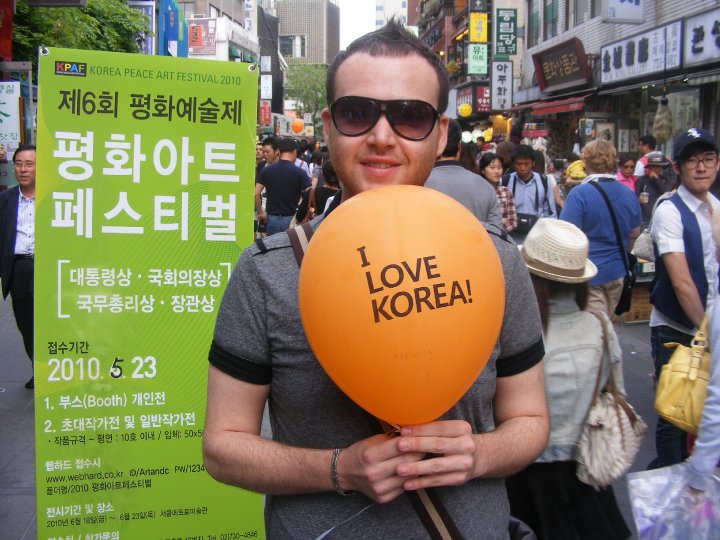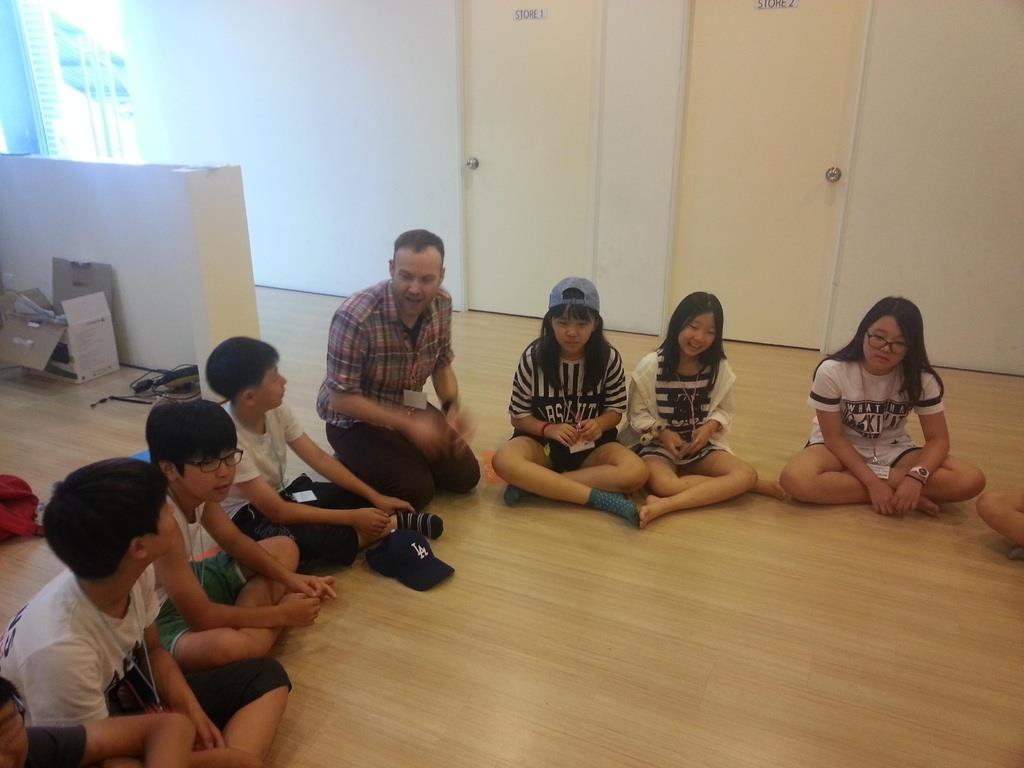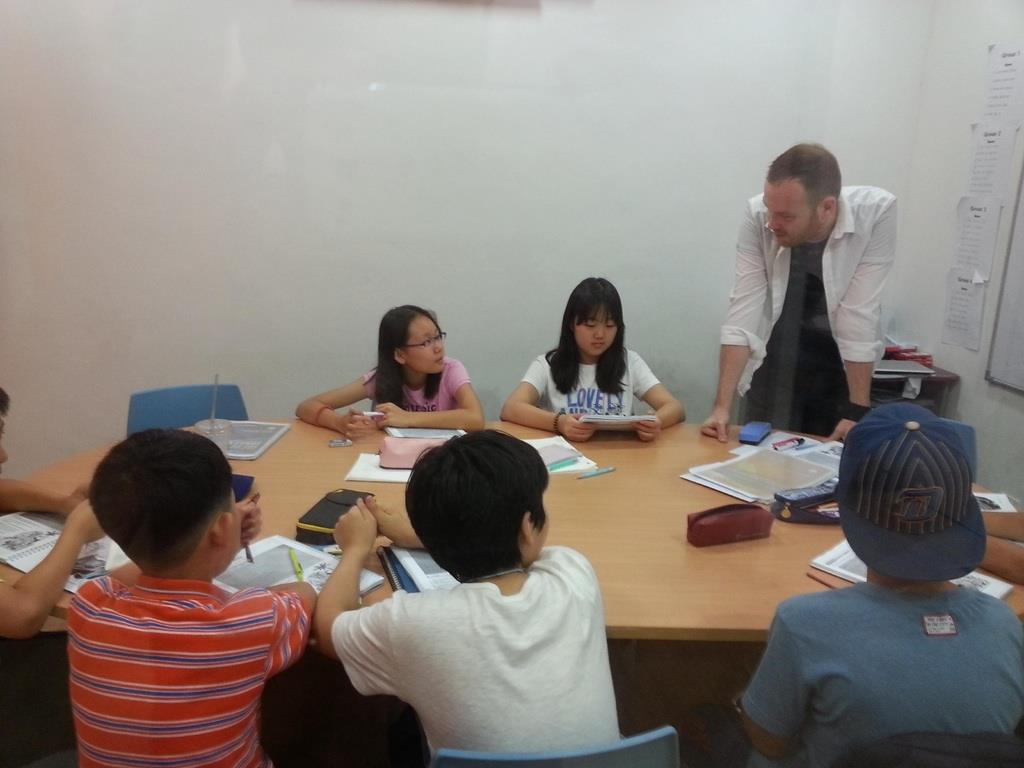As my plane took off from LAX, I felt a wave of emotions. What was I thinking? Did I just make the biggest mistake of my life? I had just quit my job and sold most of my possessions. I was now heading to the other side of the world. Next stop: Seoul, South Korea.
I had no experience as a teacher. My only qualification was a shiny visa sticker in my passport that claimed I was an “English Teacher”. After all, English was my mother tongue. How hard could it be to teach others about it? Obviously Korean Immigration had faith in me.
Fast forward a week after arriving in Seoul, and I now have the title ‘Teacher’ after my first name (Paul Teacher, though it sounds more like ‘Poor Teachu’). I’m teaching at a hagwon; a for-profit academy that Korean students are shuttled to after their public school classes. Hagwons are ferociously competitive. The owners are often money hungry people who have no knowledge of education or how to run a business. Their main priority is keeping their main consumer happy: the Korean mother. If she’s not happy, she will simply send her child to one of the other ubiquitous hagwons. My main priority as a teacher was to keep the kids happy, so their mom was satisfied.
My first day, I was placed in front of a classroom with 20 elementary school students. They had been assigned English names by their former instructor. Attendance went something like: “Tiger? Obama? Where is Peter Pan today? Sick? Ok. Is Britney Spears here today?”)
I had no clue how to run a class. I watched the minute hand on the clock tick away, patiently waiting for the class to be over. The first few days were filled with questions regarding my life as a foreigner. The kids seemed especially intrigued by my arm hair. They would use any excuse they could find to touch it. This became especially troublesome the day “fur” was a vocabulary word in class.
Over the coming weeks, I began to find my groove. Students started to respond to the lessons. I put extra effort into making engaging lesson plans. I created a ton of visual aids. I researched early childhood education, as well as teaching English as a Foreign Language. I quickly became a favorite of students, the administration, and most importantly: the Korean mothers. I was showered with praise and gifts. The school found themselves obtaining new students.
My white face was plastered on flyers all over the neighborhood. I realized that hagwons tend to love young, white teachers. Not only are they more naïve to the dealings of the system, but the mothers love to show that their child is taught by a ‘real American’. If you’re blonde hair and blue eyed, you will be revered by hagwon owners. I quickly realized that I wasn’t really a teacher. I was more of a marketing tool. A foreign mascot, if you may.
Teaching Korean kids became something I enjoyed. The students were bright, inquisitive, and diligent. However, it was clear that they were overworked. By the time they came to my class, some of these kids had been studying for 12 hours already (public school, and then various other hagwons including math, piano, and Tae Kwon Do). I needed to balance actually teaching them something, and entertaining them so they would stay awake.
The 12 months that I was a teacher at a hagwon were some of the most challenging, yet also rewarding, days of my life. I made great friends there, as well as priceless memories. However, dealing with shady hagwon owners ultimately burned me when the owner skipped town, leaving the entire staff without paychecks. I’m personally still owed about $5000. This isn’t uncommon in Korea, but stories like this are becoming less common.
Eight years later, I’m still in Korea. I’m now a lead instructor and Program Coordinator at a small college in downtown Seoul. I have improved my credentials, and no longer worry about Korean mothers, or dishonest hagwon owners. I often wonder what happened to those young kids I taught way back when: Tiger, Obama, and Britney Spears. They are probably entering university soon. Perhaps I will cross paths with them again, as they start their education to become lawyers, doctors, or even English majors. We can share a laugh as we reminisce about the time we shared a hagwon classroom and sang the alphabet song.
—-Paul Henderson



